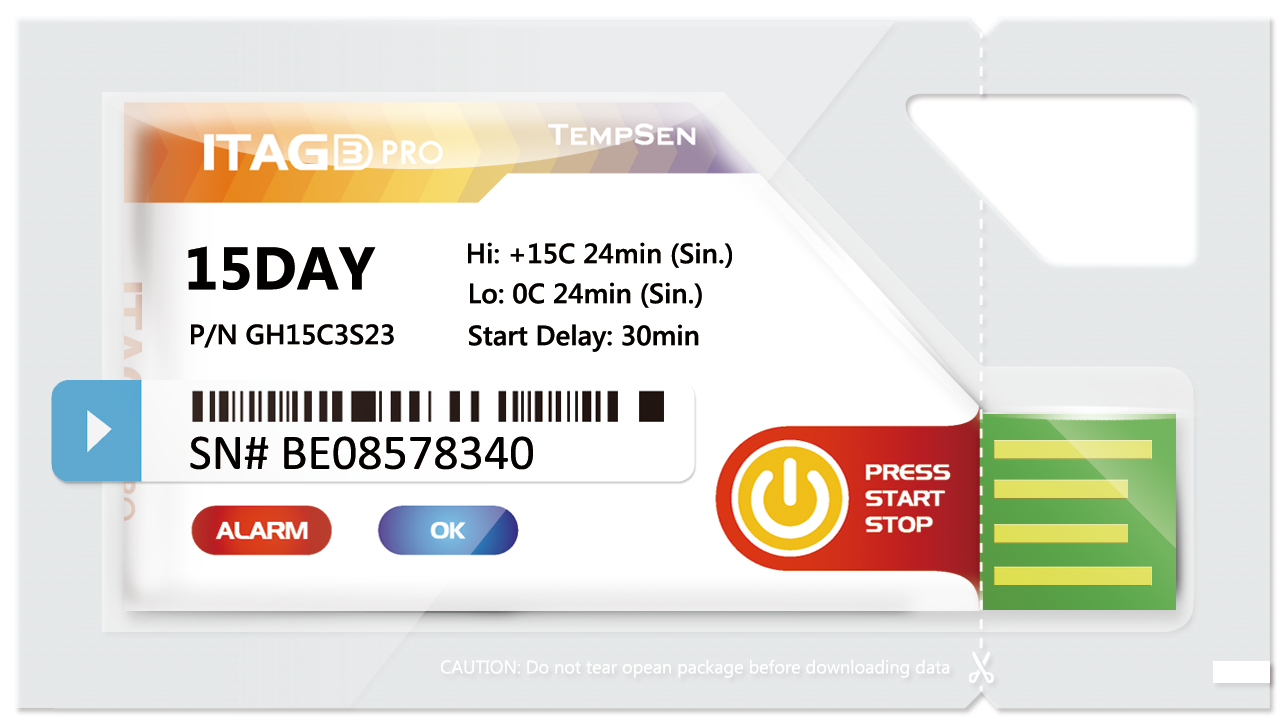Can Vessel Tracking Devices Curb Illegal Fishing?
작성일 25-10-14 05:44
페이지 정보
작성자Claudia Millima… 조회 13회 댓글 0건본문

Gerlie Menchie Alpajora was sleeping beside her two sons when she was shot dead inside their residence in Camarines Sur 5 years in the past. According to reports, she was killed just after her report to local authorities led to the arrest of people concerned in illegal fishing of their locality. Alpajora’s case stays unresolved to today, however her murder led to a remarkable collaboration amongst activist neighborhood enforcers, the police, iTagPro geofencing and iTagPro key finder international non-governmental organizations (NGOs), in keeping with the Environmental Justice Atlas (EJA). Monitoring and reporting illegal fishers come with hazard - from braving tough seas to death threats. But in line with the United States Agency for International Development (USAID), illegal, iTagPro device unregulated, and iTagPro device unreported (IUU) fishing is the highest reason for the declining circumstances of fisheries and the marine environment. Quantifying the resulting losses due to IUU fishing is essential to realizing the precise extent of the problem in the nation.
 How much is PH shedding? Do you know that the amount the country loses from IUU fishing is enough to feed around 281 million Filipinos for an entire 12 months? That is in accordance with USAID, which has partnered with the Philippines’ Bureau of Fisheries and ItagPro Aquatic Resources (BFAR) to handle the IUU fishing issues within the nation. The Philippines loses nearly P5 trillion on account of IUU fishing and submit-harvest losses, based on a latest report citing a examine by Rhodora Azanza, professor emeritus on the Marine Science Institute of the University of the Philippines. This quantity is merely a rough estimate because there’s no exact approach to measure the impression of IUU fishing, iTagPro device based on USAID. While that's true with respect to overseas vessels that encroach on Philippine waters, the government now has a technique to deter and forestall the impression of IUU fishing on municipal waters. Signed simply this October by the Department of Agriculture (DA), itagpro device this lengthy-overdue revision of tips beneath FAO No. 260 was welcomed by civil organizations and native governments.
How much is PH shedding? Do you know that the amount the country loses from IUU fishing is enough to feed around 281 million Filipinos for an entire 12 months? That is in accordance with USAID, which has partnered with the Philippines’ Bureau of Fisheries and ItagPro Aquatic Resources (BFAR) to handle the IUU fishing issues within the nation. The Philippines loses nearly P5 trillion on account of IUU fishing and submit-harvest losses, based on a latest report citing a examine by Rhodora Azanza, professor emeritus on the Marine Science Institute of the University of the Philippines. This quantity is merely a rough estimate because there’s no exact approach to measure the impression of IUU fishing, iTagPro device based on USAID. While that's true with respect to overseas vessels that encroach on Philippine waters, the government now has a technique to deter and forestall the impression of IUU fishing on municipal waters. Signed simply this October by the Department of Agriculture (DA), itagpro device this lengthy-overdue revision of tips beneath FAO No. 260 was welcomed by civil organizations and native governments.
FAO No. 260, issued in 2018, itagpro locator coated solely vessels heavier than 30 gross tons - those that usually catch straddling stocks and migratory fish. " said Dinna Umengan, coordinator of the Pangisda Natin Gawin Tama or PANAGAT, an umbrella organization of NGOs working with fisherfolk for ocean and surroundings conservation. This model is now consistent with the provisions of Republic Act No. 10654, or the Illegal, Unreported, and Unregulated Fishing Enforcement Act of 2015, which requires all Philippine-flagged fishing vessels regardless of fishing space and final destination to have a monitoring, management, and surveillance system. Its aim? To "prevent, ItagPro deter, and eliminate" IUU fishing in the nation. "We imagine that this can help curb unlawful, unreported, iTagPro device and iTagPro device unregulated fishing, especially the encroachment of commercial fishing vessels throughout the 15-kilometer municipal waters. This is an enormous win for coastal native government models and fishing communities, and a contribution in direction of the modernization path of the Philippine fisheries trade," Umengan added.
Based on Oceana Philippines, vessel monitoring programs are used to watch and track the position, course, and velocity of fishing vessels. They can set up whether or not these vessels are violating fisheries laws, informing fisheries managers how, the place, and when a certain useful resource is being exploited. Back in September, the League of Municipalities of the Philippines’ (LMP) Romblon chapter reiterated its name for the DA to quick-monitor guidelines for commercial vessel monitoring measures. LMP, the formal organization of all municipalities within the Philippines, believes that this may help fight illegal fishing within municipal waters. This delay in implementation adversely impacts the country’s meals security, as effectively as the social effectively-being of those employed in capture fisheries - a total of 1.7 million Filipinos, in accordance with BFAR’s report on the 2019 state of Philippine fisheries and strategic initiatives. Destructive and illegal fishing strategies in prohibited zones degrade necessary marine ecosystems often found within municipal waters.
Municipal waters - or waters 15 kilometers from the coastline - are important because these are extremely productive areas. Not solely are these important habitats and hosts to carbon sequesters like mangroves and seagrass beds, they're also often more full of life than deeper waters past as a result of ample nutrients from rivers and sunlight attain these shallow waters. Sunlight is needed for the expansion of phytoplankton, a major food for small and bigger fish, together with sardines. Municipal waters are additionally where coastal upwelling occurs, when surface winds pull the nutrients from deeper waters for phytoplanktons. That’s why marine protected areas are confirmed to help improve the scale, density, weight, and richness of marine species. If municipal waters are fully protected, the adjacent areas (i.e., fishing grounds for commercial fishing vessels) will profit too from a spillover impact, a recognized consequence of marine protected areas, which happens when sea animals depart the protected area for fishable waters.
댓글목록
등록된 댓글이 없습니다.
